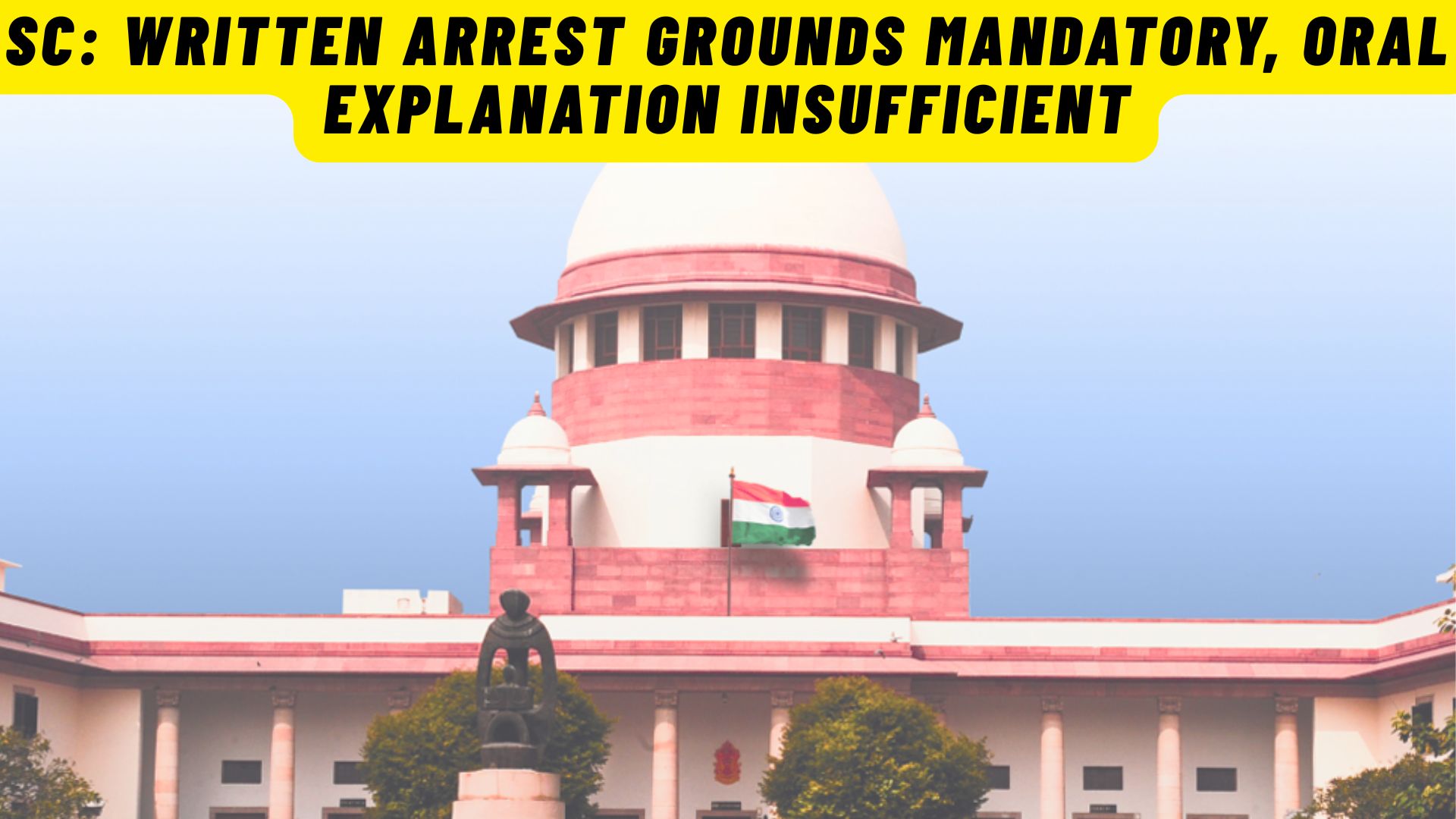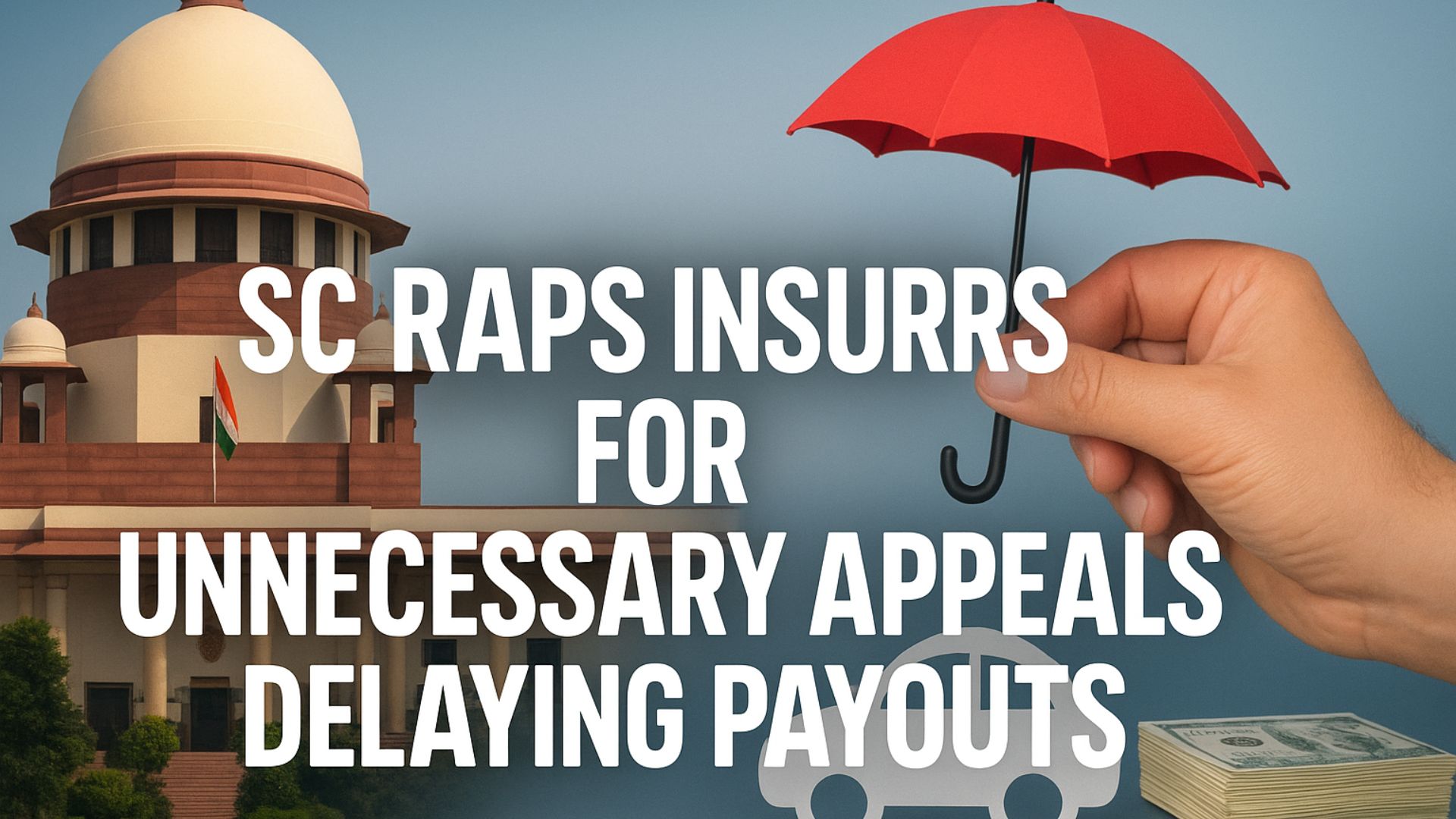@JUDGMENTTAG-ORDER
L. Rath, J.@mdashThe petitioner, defendant 2 in M.S. No. 56/87 filed by the opposite party 1, having failed in her attempt to get an order passed
under Order 38, Rule 5 C.P.C. against her recalled, has preferred this revision.
2. The facts in a nutshell are that opposite party No. 1 filed the suit for recovery of Rs. 41,255.45 together with interest against the petitioner and
her husband, defendants 2 and I respectively, on the allegation that a retail cloth business was run by both the defendants and that they were taking
cloths from the plaintiff on credit which they failed to liquidate. In the suit a petition was filed under Order 38, Rule 5, C.P.C. against opposite
party 1 to attach the house of the petitioner and on 13-8-87 the learned Subordinate Judge passed order to issue notice against the defendants to
show cause as to why the scheduled property as shown in the petition should not be attached before judgment. On 27-8-87 the postal A.D.
showing the notice to have been refused by the petitioner led the Subordinate Judge to accept the notice as sufficient and post the matter to 2-9-87
for hearing of the petition on which date he heard the matter and posted to 17-9-87 for orders. Before the order was pronounced, the petitioner
entered appearance in the case and filed a petition on 8-9-87 to rehear the case stating that she did not received any notice of the case at any time
and that she might be given a chance of hearing or also she would be prejudiced. The petition was rejected on 17-9-87 and thereafter on 21-9-87
order was passed allowing the petition under Order 38, Rule 5 directing issue of attachment of the property. A petition was filed by the petitioner
on 4-2-88 under Order 38, Rule 5(4) read with Sections 114 and 151, C.P.C. urging the order passed on 21-9-87 to be a void one and hence to
recall the same. The petition having been rejected on 4-7-88, the present revision has been preferred.
3 In assailing the order, Mr. B. B. Ratho, the learned counsel for the petitioner, has urged that the order passed on 13-8-87 calling upon the
petitioner to show cause as to why the property specified in the petition of opposite party 1 was not to be attached was not one contemplated
under Order 38, Rule 5(1). The subsequent order passed on 21-9-87 making the attachment under Order 38, Rule 5 was a void one as per the
provisions of Order 38, Rule 5(4). For appreciation of the submission raised, it is necessary to extract Rules 5 and 6 of Order 38:
5. Where defendant may be called upon to furnish security for production of property. --
(1) Where, at any stage of a suit, the Court is satisfied, by affidavit or otherwise, that the defendant, with intent to obstruct or delay the execution
of any decree that may be passed against him,--
(a) is about to dispose of the whole or any part of his property, or
(b) is about to remove the whole or any part of his property from the local limits of the jurisdiction of the Court,
the Court may direct the defendant, within a time to be fixed by it, either to furnish security, in such sum as may be specified in the order, to
produce and place at the disposal of the Court, when required, the said property or the value of the same, or such portion thereof as may be
sufficient to satisfy the decree, or to appear and show cause why he should not furnish security.
(2) The plaintiff shall, unless the Court otherwise directs, specify the property required to be attached and the estimated value thereof.
(3) The Court may also in the order direct the conditional attachment of the whole or any portion of the property so specified.
(4) If an order of attachment is made without complying with the provisions of Sub-rule (1) of this rule, such attachment shall be void.
(6) Attachment where cause not shown or security not furnished.--
(1) Where the defendant fails to show cause why he should not furnish security, or fails to furnish the security required, within the time fixed by the
Court, the Court may order that the property specified, or such portion thereof as appears sufficient to satisfy any decree which may be passed in
the suit, be attached.
(2) Where the defendant shows such cause or furnishes the required security, and the property specified or any portion of it has been attached, the
Court shall order the attachment to be withdrawn, or make such other order as it thinks fit.
The provisions show, so far as relevant to the present case, that the Court-after reaching the satisfaction that a protective order is necessary may,
under Sub-rule (1), either call upon the defendant to furnish security in the shape of a specific sum to produce and place at the disposal of the
Court, when required, the property specified by the plaintiff in his petition or such portion of it as may be sufficient to satisfy the decree or call upon
him to show cause as to why he shall not furnish such security, and while passing such orders may also pass under Sub-rule (3) a conditional order
of attachment. Sub-rule (4) to Rule 5, which came by way of amendment by the Amending Act of 1976, is a rider to the power of conditional
attachment to the effect that unless action under Sub-rule (1) has been taken, an order of attachment is void. The only order of attachment under
Order 38, Rule 5 is as contemplated under Sub-rule (3) thereof. A conditional order of attachment can only be passed if the pre-condition there
for provided under Sub-rule (1) of calling upon the defendant to either furnish security or show cause why such security should not be furnished is
complied with. In terms, Order 38, Rule 5 does not contemplate the passing of final order of attachment, but leaves it to Rule 6 under which, if the
defendant either fails to show cause why the security shall not be furnished or fails to furnish the security as required, the Court may direct the
property to be attached.
4. The order passed by the learned Subordinate Judge on 13-8-87 shows him to have issued the notice to the petitioner to show cause as to why
the property should not be attached. Such notice is not contemplated under the provision of Order 38, Rule 5. Apparently, no notice was issued
calling upon the defendants either to furnish security or to show cause why the security shall not be furnished. No order of conditional attachment
was also passed. Hence the final order of attachment passed on 21-9-87 though purported to be one under Order 38, Rule 5, yet is apparently
not so being a final order not stipulated under Order 38, Rule 5. Such an order could be passed only under Order 38, Rule 6. If at all the order
would be sought to be supported under Order 38, Rule 5(3), it would be a void order as provided under Sub-rule (4). The order if taken to be
one under Order 38, Rule 6 as contended by Mr. S.S. Rao, the learned counsel for the opposite parties, is equally open to attack and not
sustainable. An order under that rule can be passed if only the defendant fails to show cause as to why he shall not furnish the security or fails to
furnish security. The petitioner having never been called upon to furnish security or to show cause why the security shall not be furnished, the
question of making an order under R, 6 for her having failed to comply with such direction does not arise. The petitioner was thus within her rights
to bring it to the notice of the Subordinate Judge that the order passed on 21-9-87 was a void order of attachment and not one which could be
acted upon. Even though Order 38, Rule 5(4) does not by itself contemplate the filing of a petition, yet the order being a void one it was open to
the petitioner to bring it to the notice of the Court and ask it to recall the same u/s 151, C.P.C. as also to review the same u/s 144, C.P.C. and it
was within the competence of the Court to have reviewed the order as being one patently without jurisdiction and void. Hence it must be held that
the Subordinate judge failed to exercise jurisdiction vested in him in law and otherwise exercised his jurisdiction with material irregularity and the
order is liable to be quashed.
5. There is also yet another angle of the question. An order under Order 38, Rules 5 and 6 is a grossly drastic one interfering with the fundamental
rights of a person to have control over his property to deal with it in any manner he likes. Before such a stringent order is passed, it is to be seen
that the same is not made merely for the asking of it by the plaintiff. Since the petitioner appeared on 8-9-87 and asked for a rehearing of the
matter on the ground that she had not been served with notice, it would have been more in furtherance of justice to have given her a hearing before
passing the order of attachment. No doubt under Order 5, Rule 19A (2), the law directs that where a party to whom notice has been sent through
post and the postal acknowledgment is received back with the endorsement that the party refused to take delivery, the Court shall declare the
summons to have been duly served. Yet, once a party comes and makes a complaint that notice has actually not been served and that the party is
ready and willing to be heard and where the Court has not pronounced the order, it may enquire into the bona fides of the party and weigh the
prejudices to be caused to the respective parties if an opportunity of hearing is given, and decide accordingly. It is to be always remembered that
Courts exist to advance the cause of justice and not hinder it and that justice must not be made a hand-maid to technicalities. Going through the
records of the case, it does not appear that opposite party I would have been prejudiced in any manner if the Court would have given a hearing to
the petitioner.
6. In the result, the revision is allowed with costs and the impugned order dt. 21-987 directing attachment is quashed. The learned Subordinate
Judge is directed to proceed with the application under Order 38, Rule 5, C.P.C., de novo.

